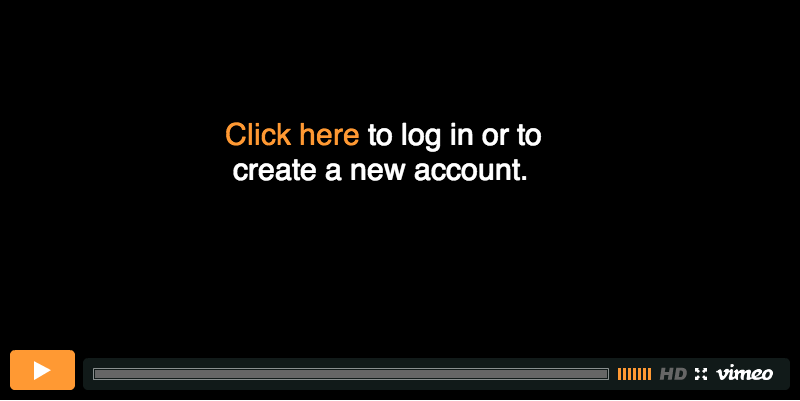


The Organization for Economic Cooperation and Development (OECD) finalized the base erosion and profit shifting (BEPS) initiative in 2015. The BEPS refers to tax planning strategies that exploit gaps and mismatches in tax rules to make profits "disappear" for tax purposes or shift profits to locations with little or no real activity. A significant challenge for the BEPS initiative is the digital economy's taxation due to a lack of physical nexus. With its attendant networks and linkages, a digitally based economy generates economic growth without bricks and mortar. This development introduces a challenge to taxation based on physical presence.
The OECD proposes a unified approach, Pillar One and Pillar Two, to mitigate the tax challenges posed by a unified, integrated, digital economy. Pillar One focuses on nexus and profit allocation. Pillar Two focuses on a global minimum tax intended to address remaining BEPS issues.
This course considers this controversial Unified Approach in detail and critically assesses each pillar's methodology in response to BEPS challenges. This course is designed for tax directors, tax staff, transfer pricing practitioners, treasury, internal auditors, CPAs, and CFOs.
Learning Objectives:
- Recognize how the digital economy and digital economy business models work
- Differentiate between digital/virtual and physical nexus
- Describe broadly the fifteen (15) BEPS articles, especially Article 1 on the digital economy
- Describe the Unified Approach to tax the digital economy: Pillar One and Two
- Identify the new taxing right under Pillar One
- Recognize how Pillar One erodes the arm's length standard as the basis for international taxation
- Identify the prevention of aggressive unilateral measures and the intense political pressure to tax highly digitalized multi-national businesses
- Describe what the future of multilateral tax cooperation will look like

William Seeger
QuantEcon Consulting
President
[email protected]
(214) 690-4172
Dr. Seeger is currently a Clinical Professor of Economics at the University of Texas at Arlington, College of Business Administration, and President of Quantecon Consulting, an Economic consulting firm. The focus of his academic research is Transfer Pricing and International Tax issues. Upon his retirement in October 2014, Dr. Seeger was a Principal in KPMG's Global Transfer Pricing Services practice. In addition, he was the practice leader of Economic and Valuation Services for the Dallas, Houston, and Denver Business Units and a senior economist and Southwest area lead for KPMG's Economic Consulting Practice. Dr. Seeger has twenty years of experience in public accounting and three years experience with the Internal Revenue Service as an Industry Economist in the Comprehensive Examination Program.




